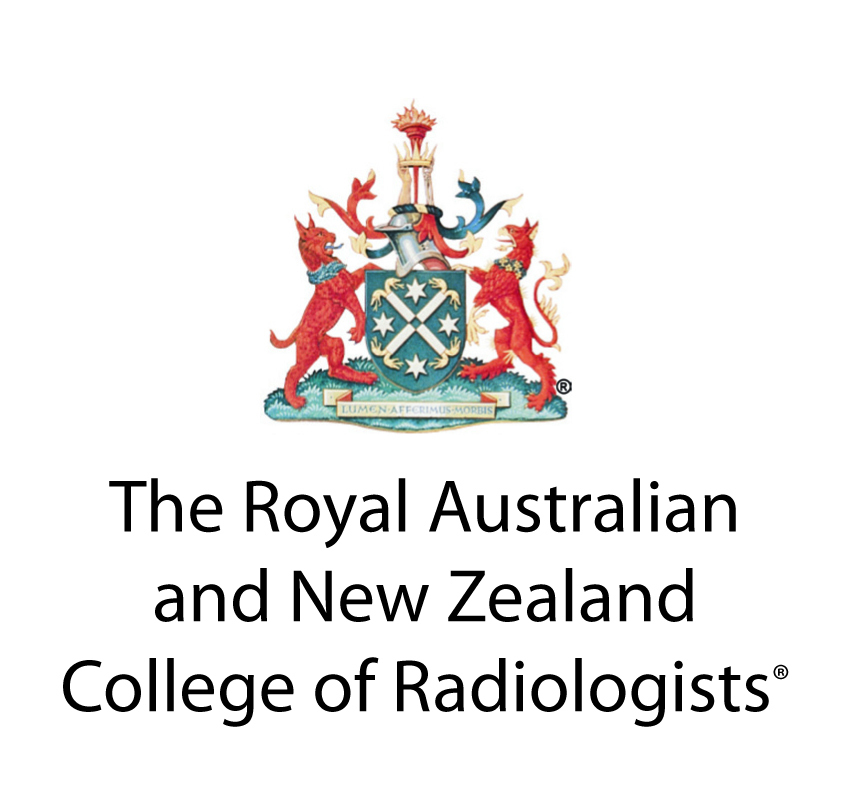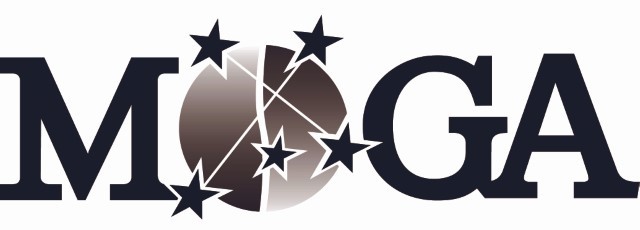Recommendations
Tests, treatments, and procedures for healthcare providers and consumers to question
Australia's peak health professional colleges, societies and associations have developed lists of recommendations of the tests, treatments, and procedures that healthcare providers and consumers should question.
Each recommendation is based on the latest available evidence. Importantly, they are not prescriptive but are intended as guidance to start a conversation about what is appropriate and necessary.
As each situation is unique, healthcare providers and consumers should use the recommendations to collaboratively formulate an appropriate healthcare plan together.
Diagnostic imaging
The Royal Australian and New Zealand College of Radiologists
Visit page
- Don't request imaging of the cervical spine in trauma patients, unless indicated by a validated clinical decision rule.
- Don't perform imaging for patients with non-specific acute low back pain and no indicators of a serious cause for low back pain.
- Don’t request imaging for acute ankle trauma unless indicated by the Ottawa Ankle Rules (localised bone tenderness or inability to weight-bear as defined in the Rules).
Clinical radiology recommendations 1-6 (April 2015)
A team of five Lead Radiologists were nominated to guide RANZCR's Choosing Wisely contribution. These Lead Radiologists analysed previous work completed by RANZCR, in particular a series of Education Modules for Appropriate Imaging Referrals.
These modules had been developed from an extensive evidence base and with multiple stakeholder input. Using the evidence from the Education Modules, the Lead Radiologists developed a draft recommendations list, which was then further developed and endorsed by RANZCR's Quality and Safety Committee, before being circulated to the RANZCR membership for consultation with a request for alternative recommendations. Member feedback was reviewed by the Lead Radiologists prior to ratification of the final recommendations by the Faculty of Clinical Radiology Council. The final six items selected were those that were felt to meet the goals of Choosing Wisely, i.e. those which are frequently requested or which might expose patients to unnecessary radiation.
Due to the fundamental role of diagnostic imaging in supporting diagnosis across the healthcare system, RANZCR worked closely with other Colleges throughout the project via the Advisory Panel. Following identification of two common recommendations with the Australasian College for Emergency Medicine, it was agreed by both Colleges to present these items jointly.
Radiation oncology recommendations 7-10 (September 2021)
Recommendations relating to radiation oncology from the Choosing Wisely and Choosing Wisely Canada were circulated around the Faculty of Radiation Oncology Council to determine which recommendations were applicable to the Australian and New Zealand context. The selected recommendations were then put to the Quality Improvement and Economics and Workforce Committees, with each being asked to rank the recommendations. The five highest ranked recommendations were then put to the radiation oncology membership for consultation prior to being formally approved by the Faculty of Radiation Oncology Council. Recommendations 7-10 are adapted from the American Society for Radiation Oncology (ASTRO) 2013 and 2014 lists. Recommendation 11 is adapted from Choosing Wisely Canada’s Oncology list. Each organisation was approached for—and subsequently granted—approval to adapt these recommendations as part of the Choosing Wisely Australia campaign.
This initial list has now been reviewed with recommendations 7, 8 & 10 remaining unchanged, recommendation 9 has been updated based on the advice of the Faculty of Radiation Oncology Quality Improvement Committee and Recommendation 11 has been replaced based on the feedback of the Quality Improvement Committee and the Policy and Advocacy team.
The Australian Physiotherapy Association
Visit page
- Don’t request imaging of the cervical spine in trauma patients, unless indicated by a validated decision rule
- Don’t request imaging for acute ankle trauma unless indicated by the Ottawa Ankle Rules (localised bone tenderness or inability to weight-bear as defined in the rules).
- Don’t request imaging for patients with non-specific low back pain and no indicators of a serious cause for low back pain.
The APA sought nominations from fellows and associates of the Australian College of Physiotherapy, directors of the Physiotherapy Evidence Database, clinical specialist APA members and academic physiotherapists to form an expert panel. The APA invited all members to submit evidence about interventions related to physiotherapy that should be questioned. From members’ submissions and the expert group’s research, the expert group formed a shortlist of 8 recommendations. The expert group then considered the shortlist in terms of the extent of the health problem, usage of the test or intervention, and the evidence that the test or intervention is inappropriate. From this analysis, the expert panel selected five recommendations to put to APA members. In a second round of consultation, the APA received nearly 2500 responses, and almost 900 comments. The expert panel then considered feedback and refined the recommendations. This resulted in the 6 recommendations put forward below, for which there was overwhelming majority support.
The Australia and New Zealand Child Neurology Society
Visit page
Following deliberations, the ANZCNS Board determined to investigate the evidence for nine priority recommendations regarding low-value clinical practices in paediatric neurology. An evidence review was developed for these recommendations and served as the basis for an online survey sent to all ANZCNS members asking respondents if they agreed, disagreed or were unsure if these recommendations were evidence based, undertaken in significant numbers, and important in terms of reducing patient harm and unnecessary healthcare expenditure. Based on survey responses, each of the nine was assigned a score and ranked accordingly. Based on this information and a final evidence review, these top 5 recommendations were chosen.
Medical Oncology Group of Australia
Visit page
An Evolve working group of MOGA members was established and compiled an initial list of 79 potentially low-value tests, treatments, and other clinical practices in medical oncology, drawing on the results of a desktop review and clinical experience. Anonymised email feedback on the list was collated and analysed and the initial list was reduced to 64 items. These were divided into seven categories, ranging from ‘Diagnosis and staging’ to ‘Therapy’. An online survey allowed members of the working group to anonymously choose the top six or the top three from each category (depending on the number in the category). From this, a list of the top-28 items was then presented to the MOGA Executive Committee. Following anonymised email feedback, this list was further reduced to 24 items. Each member of the Committee was invited to nominate their top-12 of these. Responses were consolidated and a list of 11 items compiled, which served as the basis of a final online survey, to which the entire MOGA membership was invited to respond. Respondents assigned a score of 1 to 5 for each item based on their level of agreement with each. Scores for each item were averaged and the top-5 list produced.
Australasian Faculty of Rehabilitation Medicine
Visit page
A working group within AFRM initially identified 10 recommendations on low value practices in the field of rehabilitation medicine that may be widespread in Australia and New Zealand. Following a review of the evidence these were reduced to seven. An online survey based on these seven recommendations was distributed to all AFRM members asking them to rate these recommendations based on whether they thought they were evidence based, whether the low-value practices targeted were still being undertaken in significant numbers, and whether the recommendation was important in terms of reducing harm and unnecessary costs to patients. The working group reviewed the feedback and finalised the ‘top 5’ recommendations which were approved by AFRM Executive in mid-2017.
Australian Rheumatology Association
Visit page
An ARA Evolve working group comprising 19 rheumatologists and 3 advanced rheumatology trainees was established after a call for interest. The group agreed that items should be included if they were either primarily a rheumatologist issue or an issue that rheumatologists should advocate for on behalf of their patients.
A preliminary list of low-value clinical practices was created based upon the working group’s clinical experiences, as well as consideration of potentially relevant items identified from a review of other lists generated. This list was refined into 12 items and small teams for each topic were formed to review the evidence pertaining to these items and their relevance to Australian healthcare.
Brief summaries of the evidence were written based on NHMRC evidence review standards. An anonymous online survey was created based on these summaries and all ordinary (356 rheumatologists) and associate (72 rheumatology trainees) ARA members were invited to participate. Survey participants were asked to select the five recommendations for which they considered the evidence to be the strongest. The survey attracted a 50% response rate and based on its results, the ARA top five recommendations were formulated.
Australian and New Zealand Association of Neurologists
Visit page
The ANZAN Council considered 12 clinical practices in neurology which may be overused, inappropriate or of limited effectiveness in a given clinical context. After choosing the top 5 items to prioritise, these were passed on to the appropriate subspecialty committees within ANZAN for comment and additional suggestions. The final list of the top 5 items chosen was compiled following a review of the evidence and the formulation of suitable recommendations and endorsed by the Council on 7th January 2016.
Australasian College for Emergency Medicine
Visit page
A Choosing Wisely Working Group of 9 emergency physicians identified an initial list of 10 potential items. All ACEM members were able to provide feedback on these items and suggest other issues for consideration. This feedback informed Working Group refinement of the initial list into 8 recommendations. Evidence reviews were then completed for each recommendation. These evidence reviews, frequency of use in ED, risks/benefit to patient and cost were used as criteria for Working Group member voting in order to determine the final 6 recommendations. These recommendations have been endorsed by ACEM's Council of Advocacy, Practice and Partnerships.
Following identification of two common recommendations with the Royal Australian and New Zealand College of Radiologists, it was agreed by both Colleges to jointly present these items.